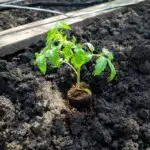
Every gardener’s dream is to harvest bucket upon bucket full of sun-ripened tomatoes. Even though tomatoes are relatively easy to grow, they can be finicky, which is why there is so much advice about growing them.
Heck, there are entire websites devoted to growing tomatoes. Here at Rural Sprout, tomatoes are definitely the most popular gardening topic among our readers.
What I’m getting at here is that the act of growing tomatoes is a bit more complex than tossing some seeds into the ground.
Experienced gardeners know that crop rotation will greatly increase your chances of a bigger tomato harvest as they are heavy feeders, but that’s only the start.
Once you get into tomato companion planting, there’s no stopping your chances of a red-handed harvest. Or green, or yellow, or orange, maybe even striped – depending on the diverse varieties you planted in your garden. It’s like you’re pairing them up with a growing buddy.
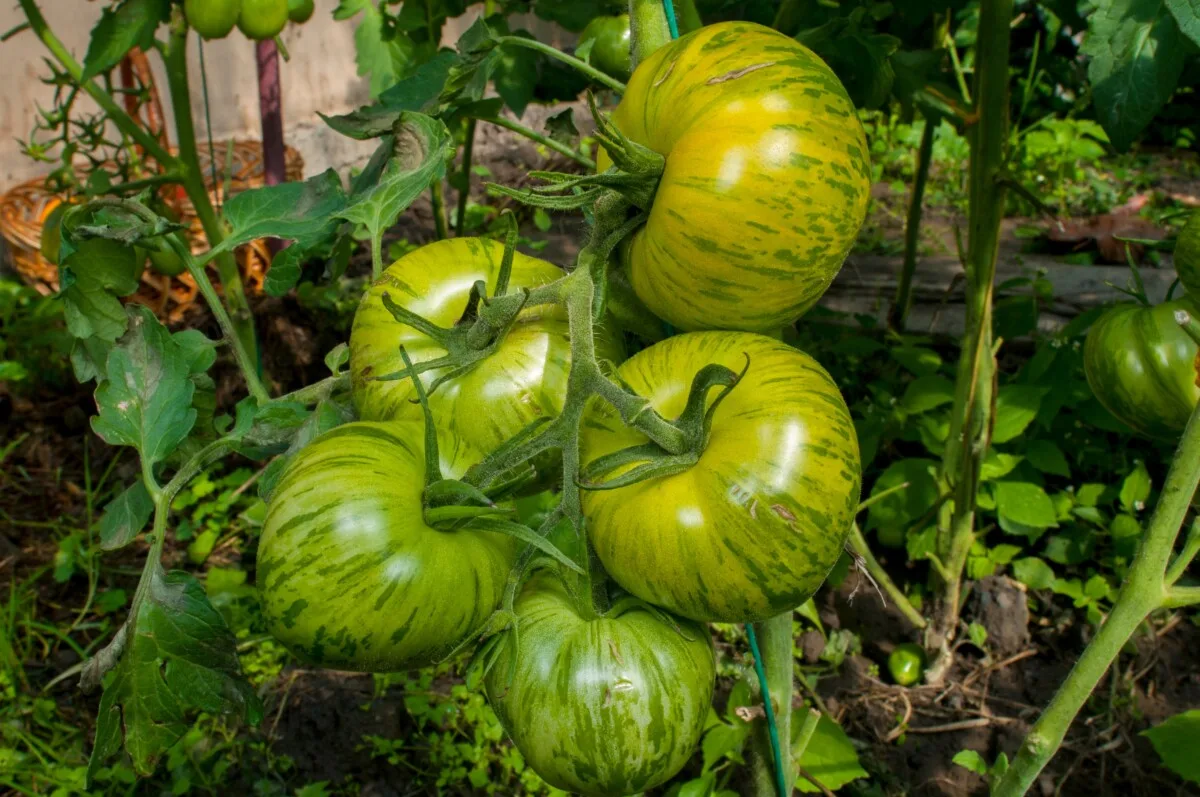
Anti-Companion Planting for Tomatoes
But just as there are numerous plants that make tomatoes happy, it’s probably even more important to know that there are a number of plants that can set your tomatoes back all season long. So, rather than scratching your head in August while you desperately try to figure out why your tomatoes are struggling, let’s head this problem off before you even put them in the ground.
(We’ll also check out the plants that make good neighbors, too.)
For now, let’s focus on the plants that are best planted away from your tomatoes.
7 Plants To Keep Away From Your Tomatoes
1. Potatoes
Tomatoes and potatoes are both members of the nightshade family.
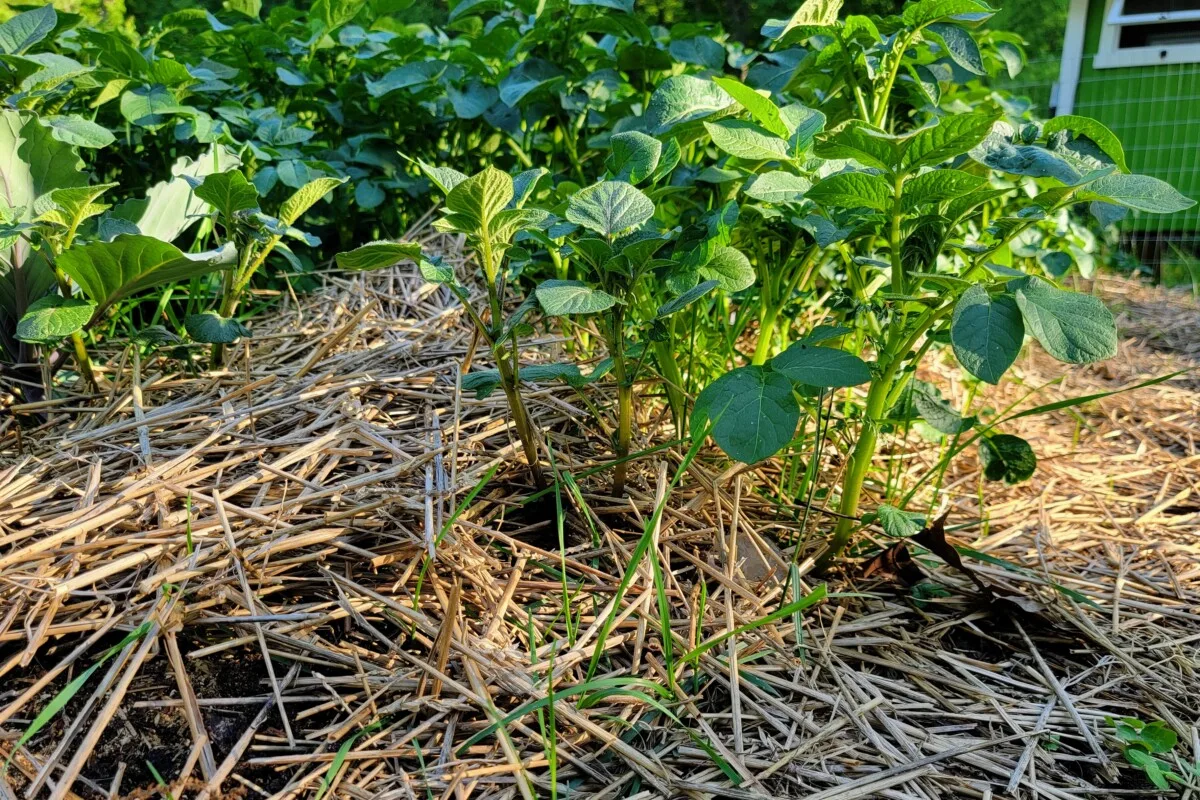
In essence, this means they have similar growing requirements. They also share a susceptibility to the same diseases, some of which spread through the soil. And the same pests enjoy all members of the nightshade family – flying or crawling in on their own accord. All looking for the same thing: a hearty meal.
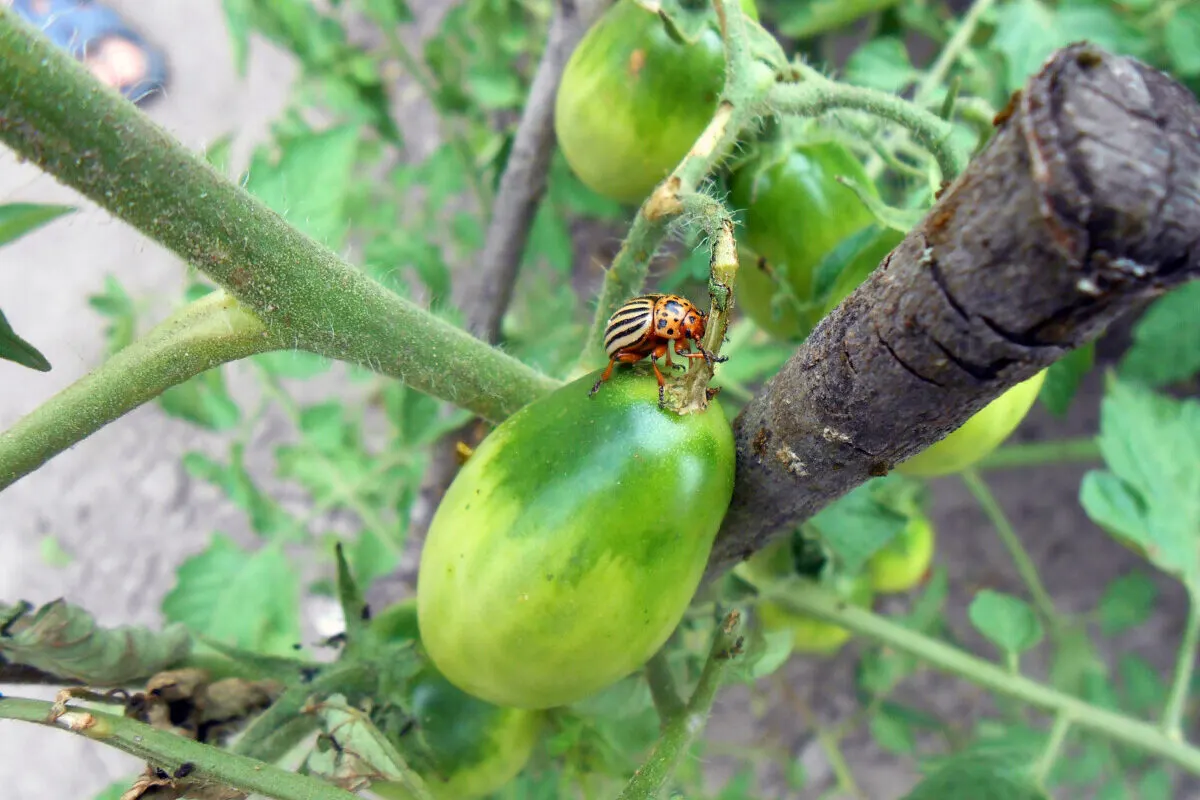
To increase your chances of success with tomatoes and potatoes, plant them apart from each other. If you have a small garden, consider planting a buffer plant, such as marigolds, or a trap crop, such as nasturtiums, between the rows. Trust me, there’s more than one good reason to grow them in your garden.
Read through these informative growing guides on Rural Sprout to find out how to grow each plant better than before:
- 10 Pro Tips For Growing Tasty & Abundant Tomatoes
- 15 Potato Growing Tips To Significantly Increase Your Harvest
- How To Grow Eggplant And Tricks To Get More Fruit
2. Eggplant
Tomatoes (another nightshade; are you catching on to the pattern here?) don’t like growing next to eggplant in the garden. However, they’re excellent companions in a stew or a casserole. Check out Tracey’s ratatouille recipe if you don’t believe me.
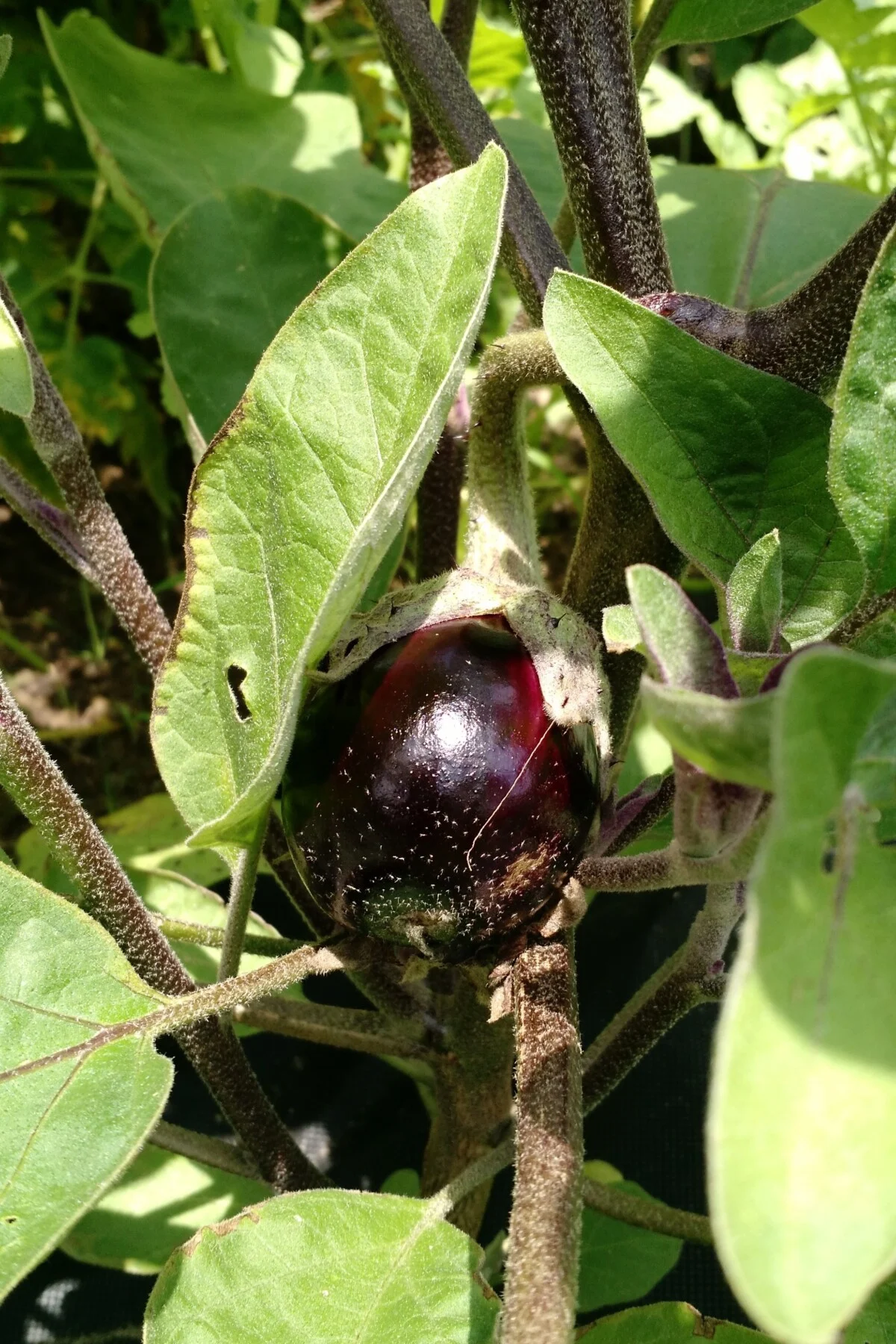
With mouthwatering food on your mind, remember that in the garden, eggplants and tomatoes don’t make for great neighbors.
See, eggplant has a weakness. It is susceptible to early blight.
This fungal disease brings about circular spots on the leaves and stems, and ultimately destroys the plant. You do not want this to transfer to your tomatoes. Plant your nightshades away from one another, and if blight makes an appearance, destroy any infected plants immediately.
Blight spores are blown by the wind and spread easily. If you’re thinking of blocking the spores by planting corn around your tomatoes, think again. That’s another no-no.
However, climbing pole beans are a much better natural screen. Beans are a perfect companion plant for tomatoes as they add a significant amount of nitrogen back into the soil while they grow. Eggplant 0, beans 1.
3. Corn
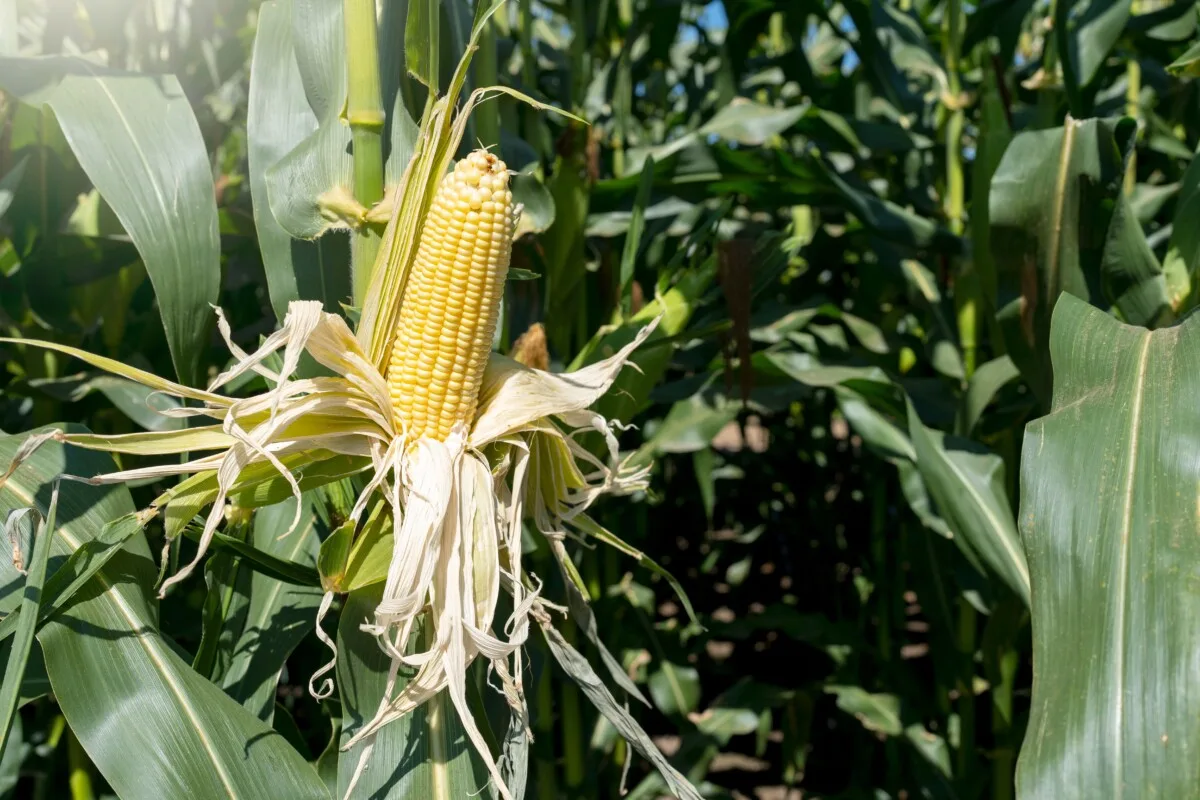
I wouldn’t outright plant corn and tomatoes side by side. Here’s why: their close proximity may foster a safe haven for corn earworms. Or you might know them by their other name – tomato fruitworms. Yup, same critter, which could end up destroying two crops at once.
In this way, you may accidentally invite more pests into your garden than you ever intended. Getting rid of them can be a real problem.
4. Cabbage & All Other Brassicas
Everyone gets excited to harvest a large head of cabbage from their garden. (At least, I know I do.) However, your harvests may be diminished on both sides when Brassicas are planted too close to tomatoes, simply because they out-compete each other for the same nutrients.
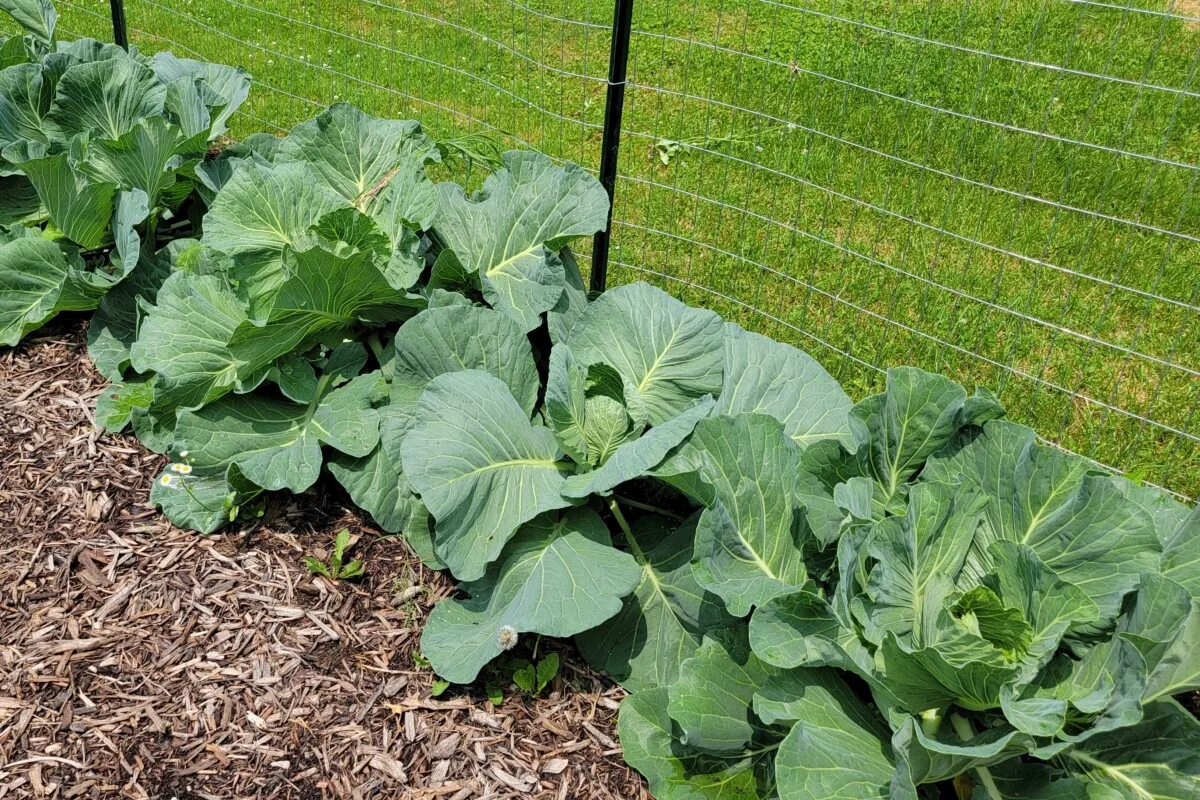
It’s strange when you consider that cabbages have shallow roots (18-36 inches), whereas tomatoes can grow roots down to depths of 48 inches or more below the surface of the soil. You’d think that tomatoes would come out the winner every time, yet it’s the cabbage that is the heavier feeder and ends up depriving those deep-rooted tomatoes.
If there aren’t enough nutrients in the soil to go around, your tomatoes may grow leaves but never produce a single flower – which means no tomatoes for you.
And you want tomatoes, lots of them, that’s why you are here. So grow them away from all cabbages, kohlrabis, kale, cauliflower, broccoli, Brussels sprouts and turnips.
5. Dill
Dill isn’t your usual suspect when it comes to anti-companion planting. It’s green and fragrant, not having too many pests of its own. In fact, it does quite well as a seedling with tomatoes. Yet, as it matures, dill earns its reputation for being allelopathic. It begins to excrete chemicals from its root system that significantly slow the growth of tomatoes, particularly when it starts flowering.
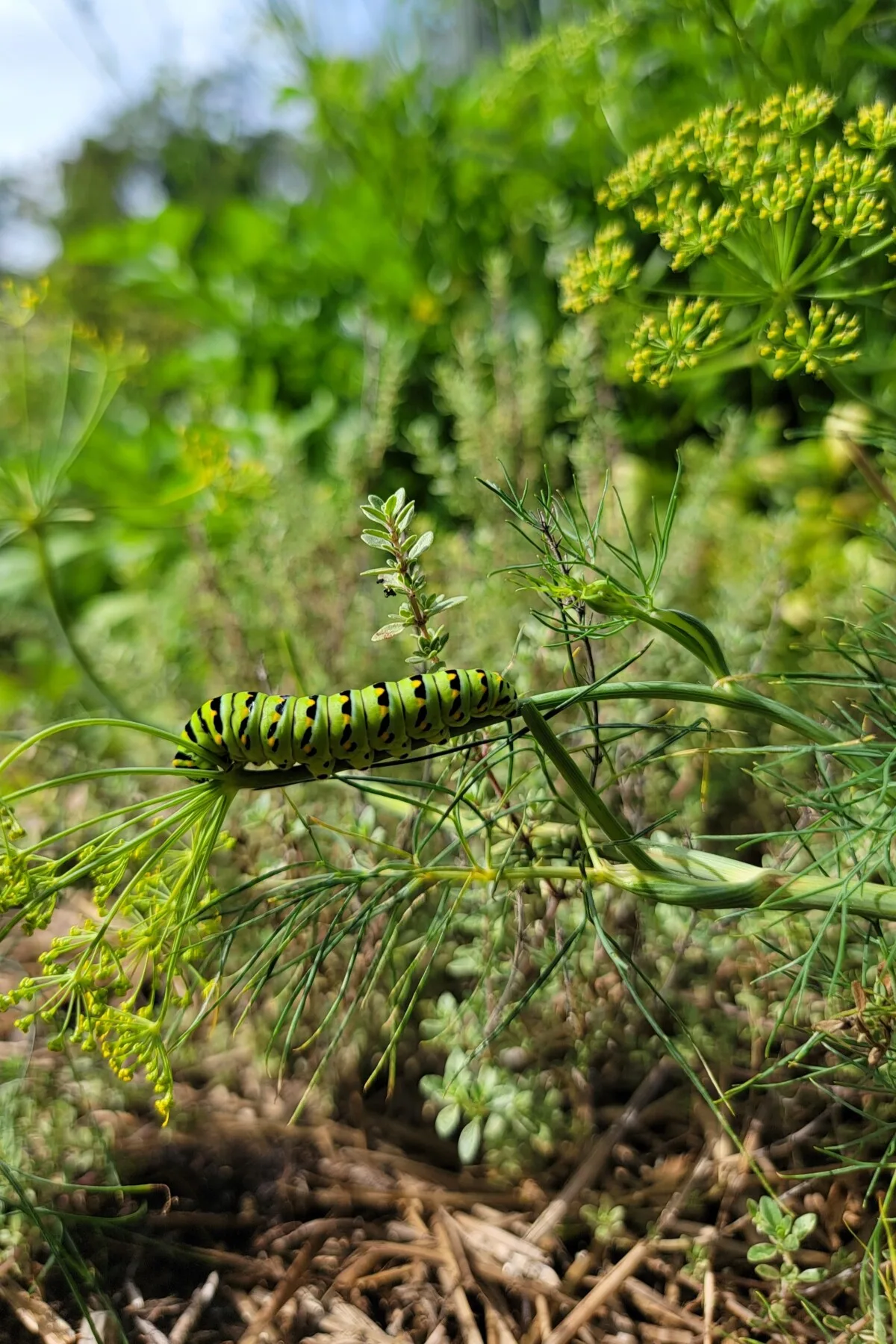
Dill does better closer to the cucumbers, onion, lettuce, basil and Brassicas – all things that go well together in a garden salad.
If you love dill, do find a way to incorporate it in your garden, for it attracts many beneficial insects such as parasitic wasps, hoverflies, ladybugs, praying mantises, bees, and butterflies.
6. Fennel
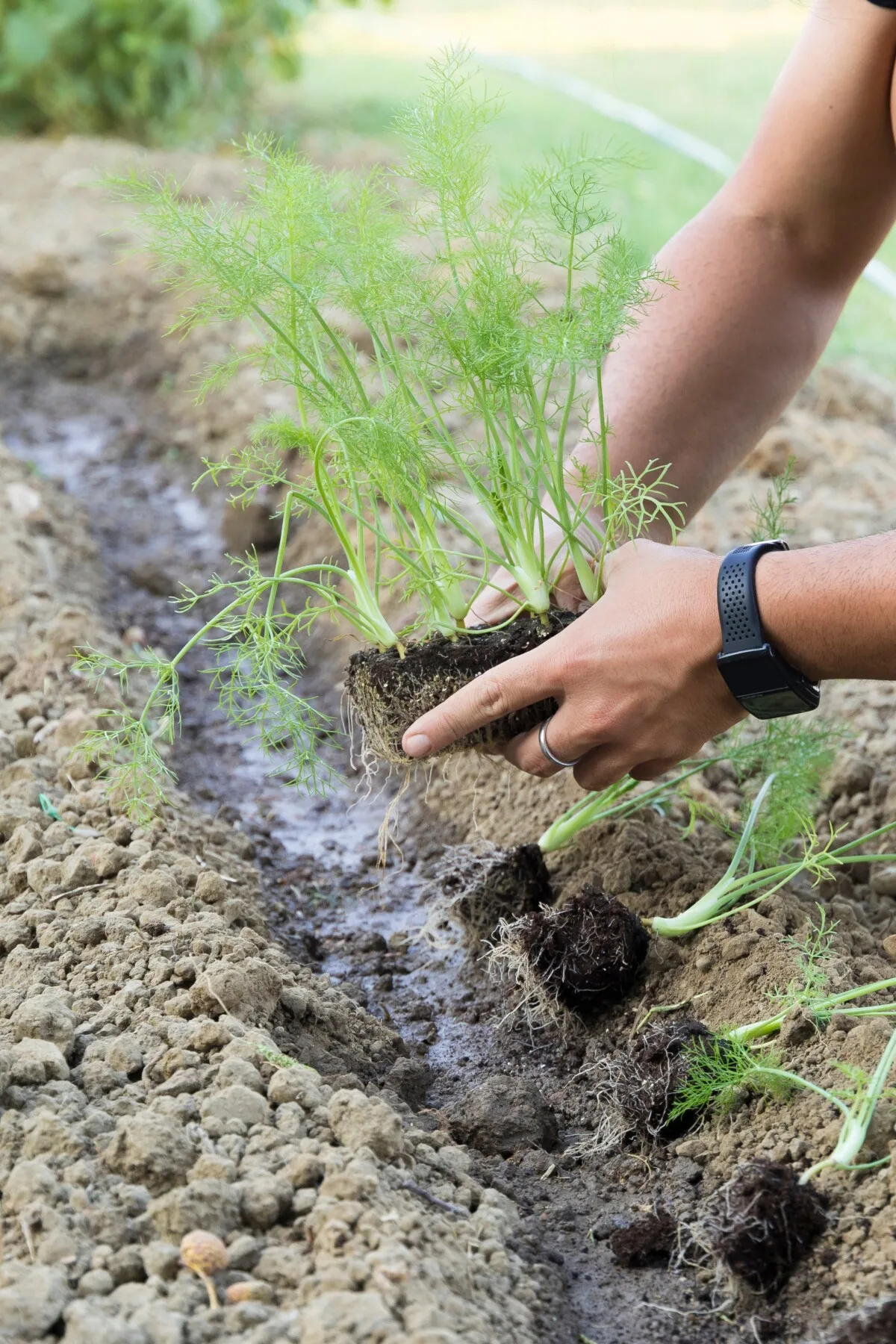
Fennel, another allelopathic plant, inhibits the growth of everything around it. Tracey has written an article, Why Fennel Is Really Bad For Your Garden – But You Should Grow it Anyway which describes the pros and cons of growing it and how to grow it without it killing all the plants in your garden.
But for now, don’t plant it next to your tomatoes.
7. Walnut
I’m not really sure why anyone would try to grow a garden near a walnut tree unless it’s the only growing space you have. The only things growing under our walnut trees are grass and a small selection of wildflowers.
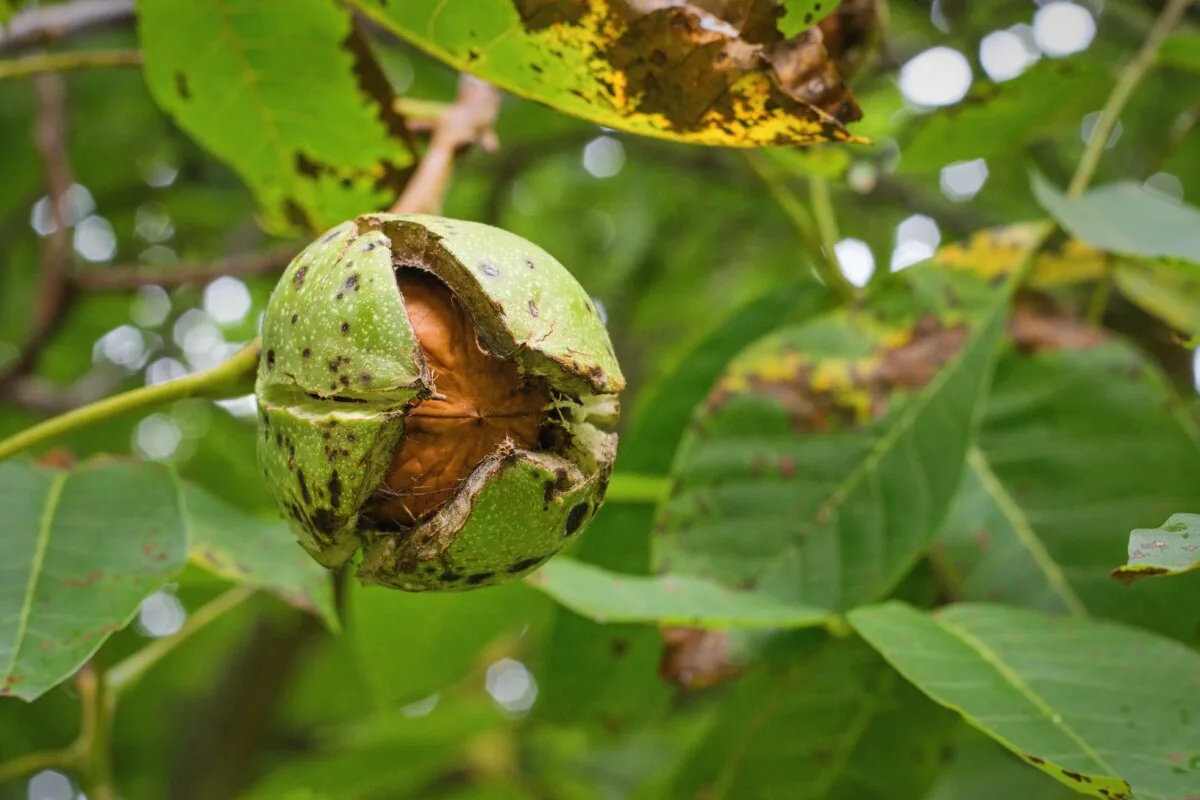
Another well-known allelopathic plant, if you have a walnut tree near your garden, it’s probably going to hurt more than just your tomatoes. However, all is not lost. Tomatoes are great options for container gardens; just avoid a few common mistakes.
So, what can I plant with my tomatoes, if not potatoes, eggplant, corn, members of the cabbage clan, dill, or fennel? Well, everything else for starters. But if you want to give your tomatoes a boost, consider growing them alongside these plants.
Top Tomato Companion Plants

1. Marigolds
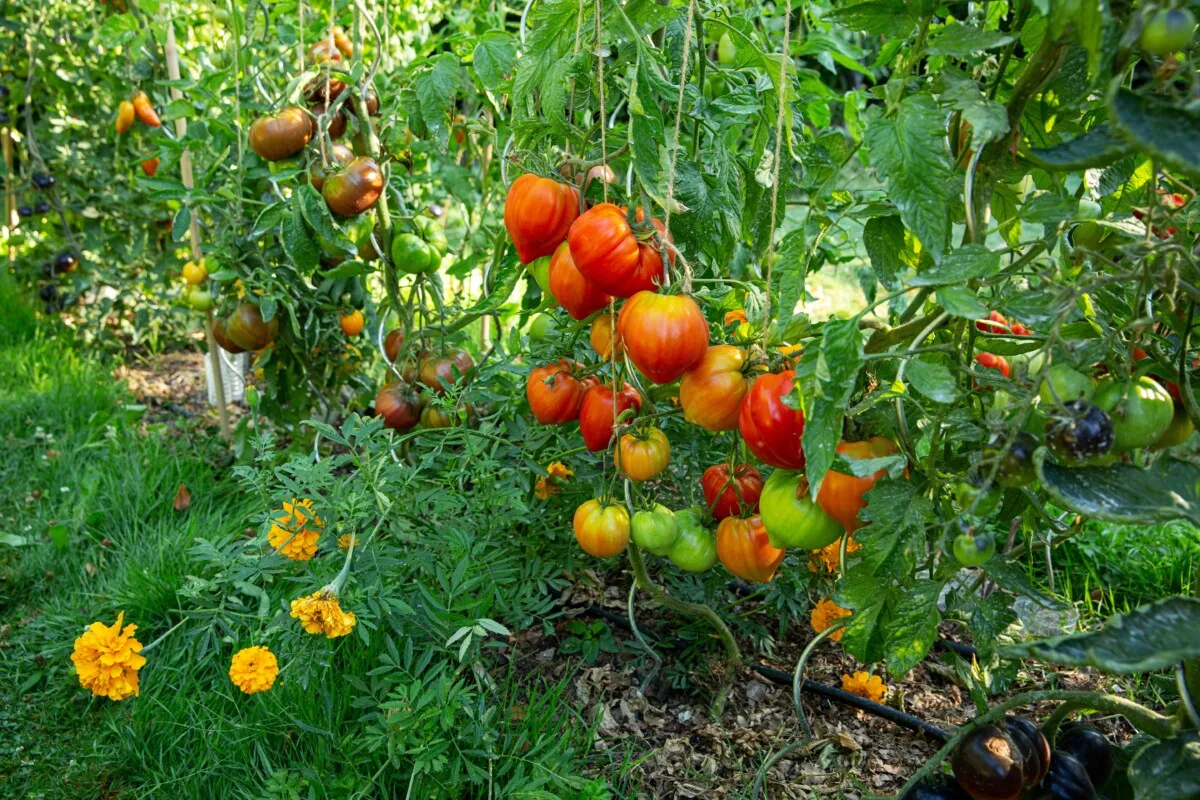
From where I stand with my bare feet in the soil, flowers belong in every garden. Calendula, dandelion, clover, zinnia and marigolds too. Here at Rural Sprout, we keep writing about it, and you, dear readers, keep liking and sharing it, so it must be true – flowers are a must in your vegetable garden.
Not only do flowers make us happy, but they’re also beneficial for your other crops. Just ask Tracey! She has written a very popular article about why growing flowers alongside your veggies makes perfect sense.
While they attract beneficial insects like bees and ladybugs, they also have the ability to turn off other common garden pests like slugs, snails, aphids and tomato worms.
You can plant an entire row, or space them randomly among your tomato vines for that happy ending your garden deserves.
2. Lettuce
Lettuce and tomatoes with a side of bacon. Here’s a case where they are just as good in the garden as on a plate.
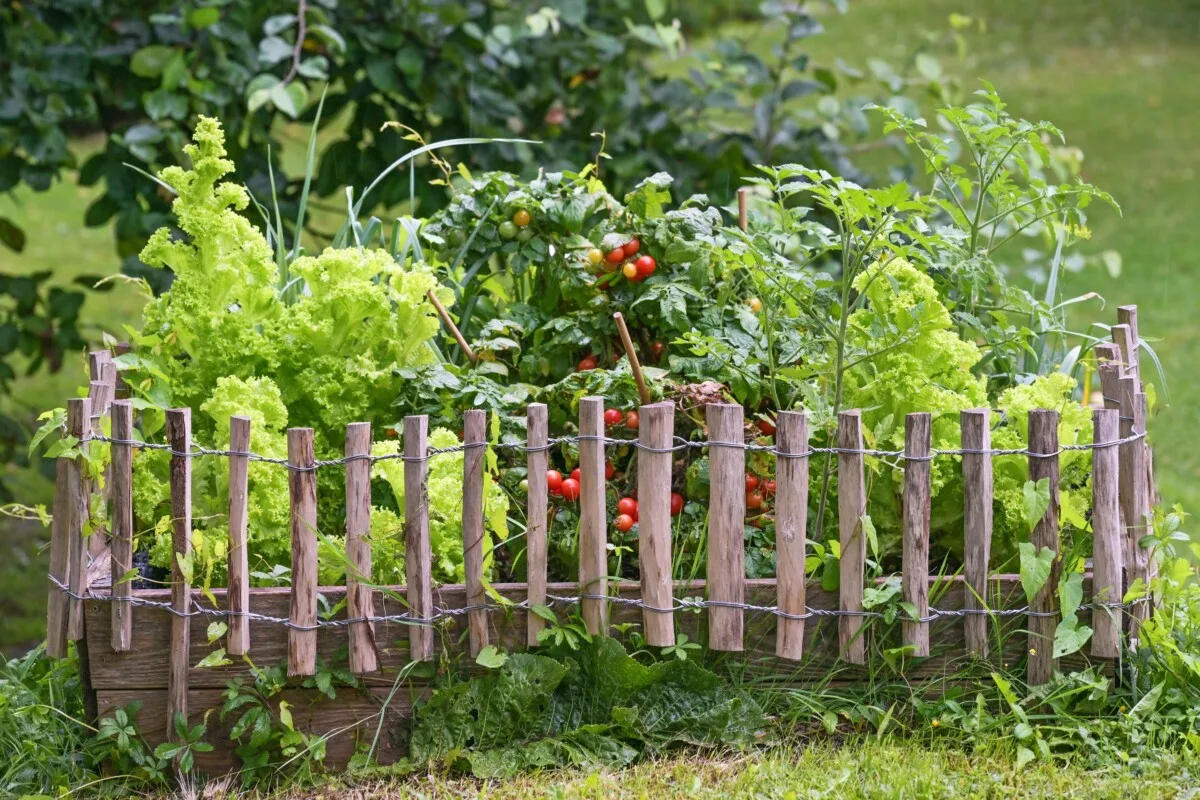
Tomatoes and lettuce have a symbiotic relationship in that a dense bed of lettuce creates a ground cover of sorts. This helps keep moisture in the soil, and it helps to prevent weeds from flourishing. The tomatoes, in return, provide a bit of shade for the low-growing lettuce, which the lettuce loves. You’ll love this pairing in your garden as well.
3. Chives
The main reason we have chives in the garden is because they are a fantastic, reliable and tasty perennial. Like flowers, no garden should be without them – or a selection of herbs for that matter. After all, chives are probably the easiest plant to grow. And gardening should be easy, at least some aspects of it.
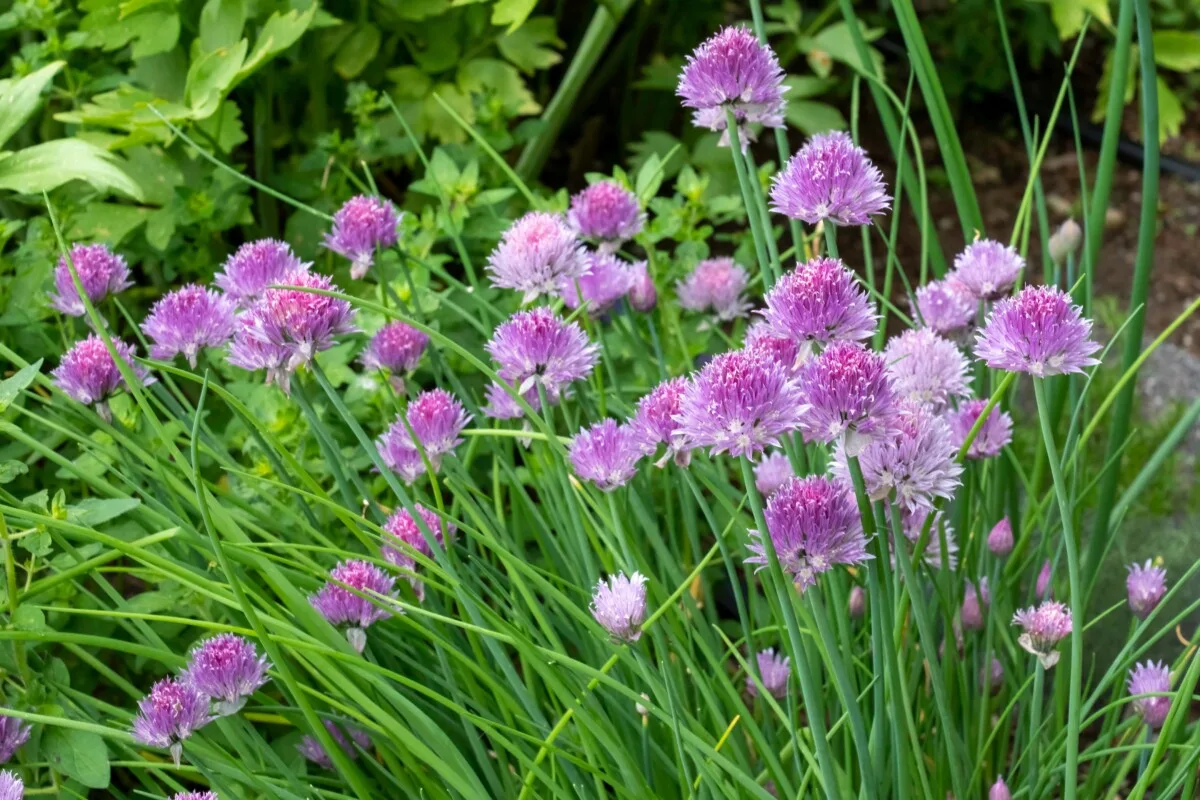
Chives do more than provide some amusement for your taste buds, however. They’re also known to repel aphids, nematodes and mites, all of which may take a liking to your tomatoes.
It’s said that chives repel certain insects with their oniony fragrance. I can’t say that they do or that they don’t, as I don’t have an insect’s perspective on that matter. But they do attract a plethora of beneficial insects that will eat the ‘baddies’, and that’s reason enough for me to keep them in the garden.
4. Basil
You might have noticed that perhaps there’s something to planting aromatic herbs next to your tomatoes. You’d be right. Basil is next on the list.
Do you like basil and tomato on your Margherita pizza? I do too. Then you’ll be pleased to know you can grow them side-by-side in the garden with favorable results. Basil protects against pests, while tomatoes provide some shade.
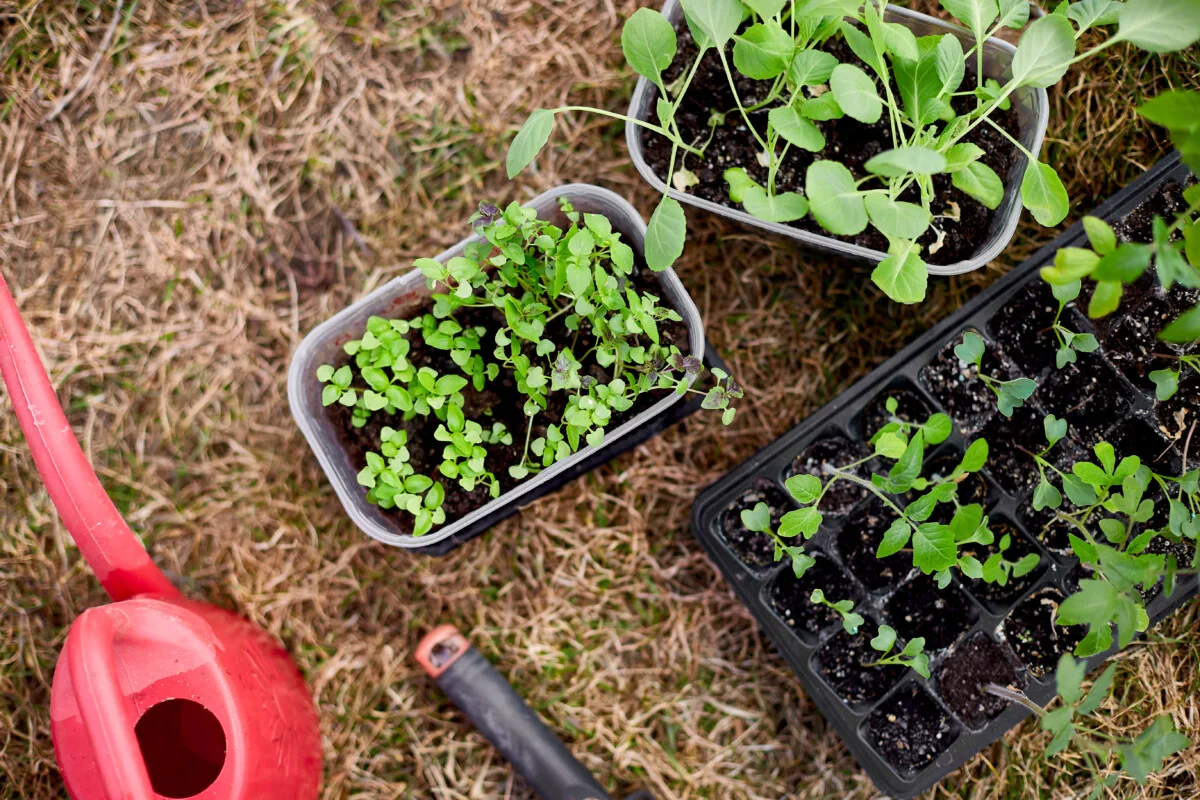
It’s said that the overall flavor profile of your tomatoes will improve as well when planted next to basil. Our mountainous climate doesn’t favor basil growing, so I’ll just trust that other gardeners know what they’re talking about on this one.
5. Asparagus
Last but not least is a vegetable that takes a little patience for the everyday gardener to grow.
Being a perennial, asparagus is prone to sitting in one space for years at a time, whereas tomatoes are often moved around. If you are interested in crop rotation, you’ll likely have heard this before: never follow tomatoes after potatoes – as the saying goes.
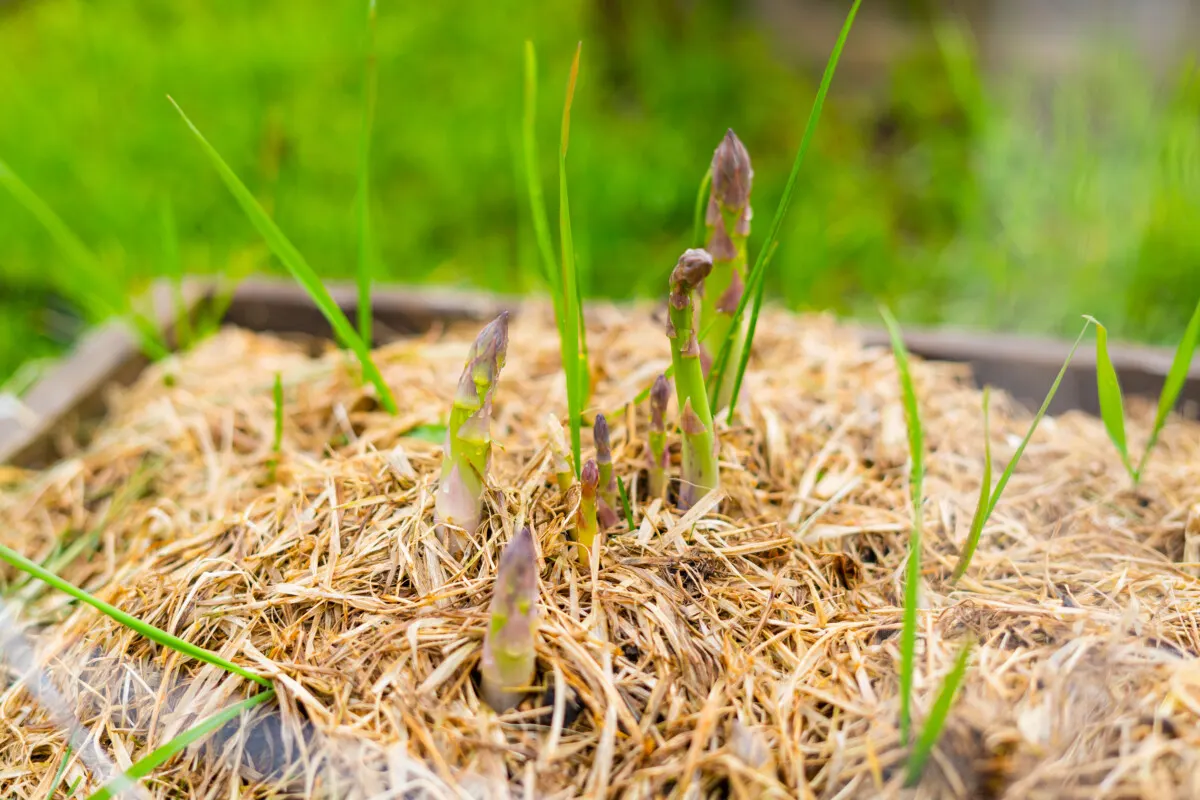
If you already grow asparagus or want to grow asparagus, know that asparagus and tomatoes can be best friends in the garden. Tomatoes deter annoying asparagus beetles with the solanine found in their leaves, fruits and roots. Asparagus, in return, repels soil nematodes.
Once you find what works well in the garden, you’ll be returning to it time and time again – but never be afraid to try out new pairings, both in the garden and in the kitchen.

Get the famous Rural Sprout newsletter delivered to your inbox.
Including Sunday musings from our editor, Tracey, as well as “What’s Up Wednesday” our roundup of what’s in season and new article updates and alerts.


